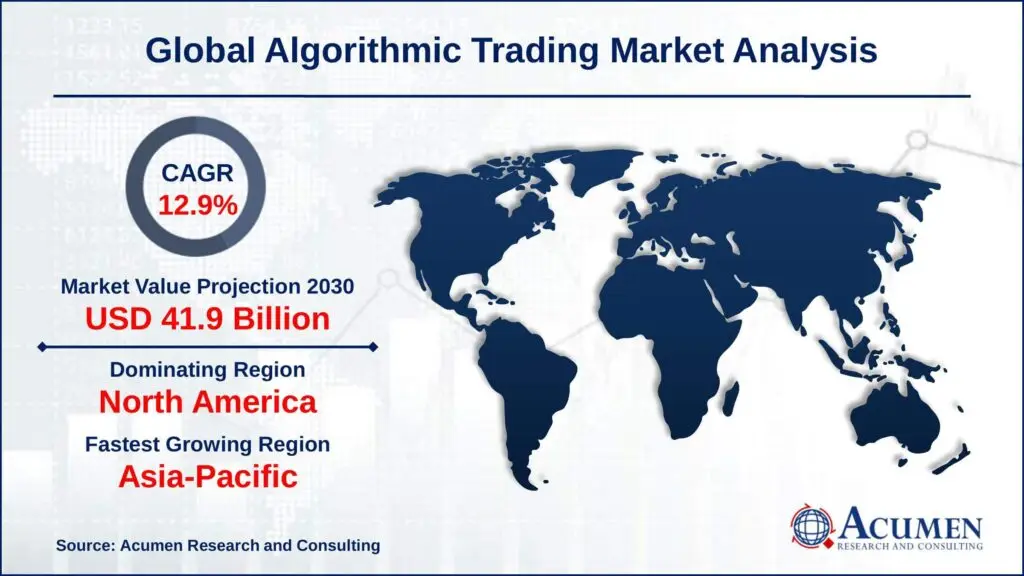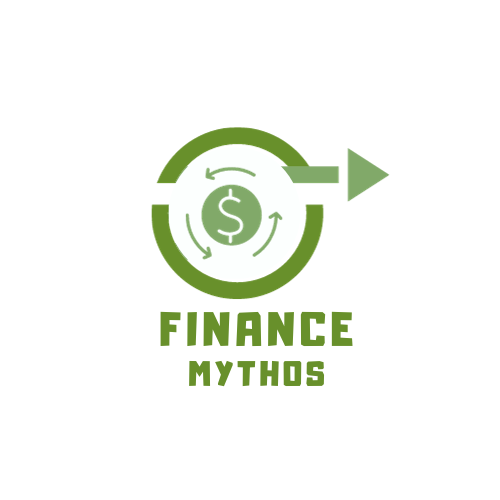Table of Contents
ToggleUnderstanding SEBI’s Report on Algorithmic Trading and Its Impact on Retail Investors
The financial markets have been revolutionized by algorithmic trading, a technological advancement that has given proprietary traders (prop traders) and Foreign Portfolio Investors (FPIs) a significant edge. According to SEBI’s recent study, algo trading has accounted for more than 96% of their profits in FY24, positioning these players as dominant forces in the markets. While this innovation has improved liquidity and efficiency, it also raises concerns for retail investors, who find themselves at a disadvantage. This article examines how algorithmic trading works, why it’s so profitable for prop traders and FPIs, and what this means for individual investors.
What Is Algorithmic Trading?
Algorithmic trading, often referred to as “algo trading,” uses sophisticated algorithms to automate and optimize trading decisions. These algorithms are designed to scan vast amounts of market data, identify patterns, and execute trades within milliseconds, far faster than any human trader could. By eliminating human emotions like fear and greed, algo trading ensures more consistent results, often yielding higher profits with lower risk.

Proprietary Traders: Leveraging Technology for Profit
Proprietary traders, or prop traders, use their own capital to engage in high-frequency trading (HFT) through algorithmic systems. Their success largely stems from their ability to exploit minute price differences across markets. Unlike retail investors, prop traders heavily invest in research, data analytics, and cutting-edge algorithms to enhance their trading strategies. This technological advantage enables them to trade at high speeds and execute multiple transactions in mere seconds, often resulting in substantial profits.
Key Insight: Proprietary traders have a technological edge, allowing them to capitalize on micro-fluctuations in prices, something unattainable for retail investors.
FPIs: Global Players Using Algorithms to Dominate

Foreign Portfolio Investors (FPIs) invest across various global markets, and their participation in algorithmic trading has surged in recent years. With access to the latest trading technologies and vast resources, FPIs are able to manage large portfolios with precision, maximize returns, and hedge risks. The SEBI report reveals that FPIs generated over ₹28,000 crores in profits from trading algorithms during FY24. This level of efficiency has made FPIs formidable players in the global financial markets, further intensifying competition for retail traders.
Barriers for Retail Investors
While algorithmic trading has proven highly lucrative for prop traders and FPIs, retail investors are struggling to keep pace. Developing and maintaining an algorithmic trading system requires substantial financial resources and technical expertise—resources that most individual investors simply do not have. Additionally, algorithmic trading relies on lightning-fast executions, which are almost impossible to match manually.
Interactive Engagement
Have you ever felt like you’re missing out on profits due to not having access to advanced trading technologies? You’re not alone. Many retail investors are asking the same question: How can I compete with institutions that use algorithmic systems? Unfortunately, the playing field isn’t even, but that doesn’t mean you can’t protect yourself by understanding the risks and opportunities in today’s markets.
Read more here – Stock Price Prediction Using Advanced AI Techniques
Market Fairness: Is It a Level Playing Field?
The overwhelming dominance of algorithmic trading raises questions about market fairness. Critics argue that retail investors are at an inherent disadvantage because they lack access to the same technologies. As prop traders and FPIs profit from the use of complex algorithms, retail traders, who often rely on manual trades or less sophisticated tools, face steeper challenges. This has led to growing calls for stronger regulatory measures to ensure a more balanced marketplace.
Regulatory bodies like SEBI are aware of these concerns. SEBI’s recent report highlights the need for tighter regulation of algorithmic trading practices to prevent market manipulation and ensure fairness. Transparency is key, and regulators are pushing for more stringent disclosure requirements for algorithmic trading strategies.
The Impact of Algorithmic Trading on Market Stability
While algorithmic trading has brought liquidity and efficiency to the market, it also comes with its own set of risks. Flash crashes, for instance, are sudden and severe price drops that have been linked to automated trading systems. When multiple algorithms react simultaneously to market events, they can trigger a cascade of rapid price declines, eroding investor confidence and destabilizing markets.
SEBI is exploring preventive measures like circuit breakers to curb these risks. Circuit breakers halt trading temporarily when extreme price volatility occurs, giving the market time to stabilize. Enhanced monitoring of high-frequency trading activities is also part of the solution to ensure that these systems do not inadvertently cause market disruptions.
Algorithmic Trading: The Future or a Growing Concern?
Algo trading is here to stay, and its dominance is likely to increase as technology evolves. For large institutional investors like prop traders and FPIs, the benefits are clear—higher profits, greater efficiency, and improved risk management. However, this dominance has a ripple effect on retail investors, who find it increasingly difficult to compete.
Key Insight: As technology advances, the gap between institutional and retail investors widens. But does this mean retail traders are destined to lose out? Not necessarily. By staying informed and cautious, retail investors can make smarter choices about when to enter or exit trades and how much risk to take on.
Conclusion: What Should Retail Investors Do?
Algorithmic trading has undoubtedly transformed the financial markets, giving proprietary traders and FPIs a competitive edge. However, it’s essential to address the growing concerns about market fairness and transparency. SEBI’s report highlights the need for stricter regulations to protect retail investors from an uneven playing field.
For individual investors, understanding the dynamics of algo trading and staying informed about regulatory changes is crucial. While it may not be feasible to compete directly with algorithmic traders, retail investors can still succeed by developing a solid investment strategy, focusing on long-term growth, and managing risks wisely.
As the financial landscape continues to evolve, the key to success will be finding a balance between embracing technology and maintaining a level of human expertise. The future of trading lies in ensuring that innovation benefits all market participants, not just the elite few.
FAQs
What is flash crash ? Please elaborate it in detail.
A flash crash is a sudden, severe drop in the price of one or more financial assets, typically occurring within minutes and often recovering just as quickly. Here are some key points to understand about flash crashes:
Definition: A flash crash refers to a rapid decline in market prices followed by a quick recovery, often within the same trading day.
Causes: Flash crashes are often triggered by high-frequency trading (HFT) algorithms. These computer programs can automatically react to market conditions by selling large volumes of securities at an incredibly rapid pace to avoid losses. This can create a domino effect, leading to a steep plunge in prices.
Notable Examples:
- May 6, 2010: The U.S. stock market experienced a flash crash where the Dow Jones Industrial Average dropped over 1,000 points in minutes before recovering most of the losses by the end of the day.
- October 7, 2016: The British pound experienced a flash crash, dropping more than 6% against the US dollar in just two minutes.
- January 2, 2019: The Japanese yen and Australian dollar experienced flash crashes, with significant drops in value within minutes.
Prevention Measures: To mitigate the risk of flash crashes, regulatory authorities have implemented measures such as circuit breakers, which halt trading temporarily when prices drop by a certain percentage. This helps to stabilize the market and prevent further rapid declines.
Flash crashes highlight the volatility and risks associated with modern, highly computerized trading environments. They serve as a reminder of the importance of regulatory measures to maintain market stability.
Can you explain more about HFT algorithms?
High-Frequency Trading (HFT) algorithms are a subset of algorithmic trading that execute a large number of orders at extremely high speeds, often in milliseconds or microseconds. These algorithms use complex mathematical models to identify and exploit small price discrepancies in the market. They help provide liquidity and narrow bid-ask spreads but can also contribute to market volatility.
Can you explain more about domino effect ?
The domino effect refers to a chain reaction where one event sets off a series of similar events. In finance, this often happens when a small market disruption triggers broader, cascading effects, leading to widespread market instability or financial crises. Essentially, a single failure or event creates a ripple effect that impacts multiple entities or sectors.
In algo trading, the domino effect occurs when automated systems react simultaneously to market triggers, causing rapid, successive trades. This can amplify small price movements, leading to a chain reaction of large-scale market shifts or flash crashes, where a sudden drop in prices cascades across markets, destabilizing them.
What is Proprietary Trading?
Proprietary traders (prop traders) are firms or individuals that trade using their own capital, aiming to generate profits. In the context of algo trading, they leverage advanced algorithms to execute high-frequency trades, exploiting small price differences across markets. This gives them a competitive edge over retail traders, allowing them to dominate the market with superior technology and faster execution.

